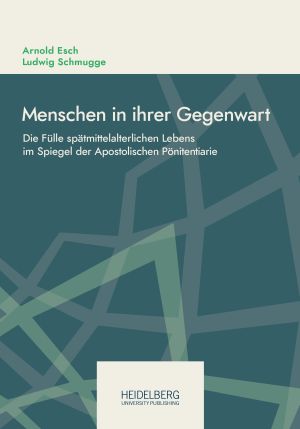Zitationsvorschlag
Lizenz (Kapitel)

Dieses Werk steht unter der Lizenz Creative Commons Namensnennung - Weitergabe unter gleichen Bedingungen 4.0 International.
Identifier (Buch)
Veröffentlicht
Der Mönch als Soldat. Selbstzeugnisse entlaufener Mönche (ca. 1440–1500)
Abstract Among the monks who left their monastery without permission and returned to the secular world, there were also those who then took the bold step from monastic life to warrior life and became soldiers. Minor individual fates that emerge from the supplica tions then convey a completely different picture from that of the concept of the estates or social orders found in normative sources („the“ monk, „the“ soldier). What drove them out of the monasteries is sometimes the desire of young men to be active, who were put into a monastery by their father at an early age against their will, sometimes an argument or harassment and bullying in the monastery. And so men from diverse religious orders and countries report to us about their path into life as a soldier (or as a bandit), sometimes mentioning the wars they were engaged in (Louis XI against Charles the Bold, the Siege of Granada, even the Sacco di Roma against the Pope). Some returned to the monastery remorsefully, no longer accustomed to earning a living outside.






